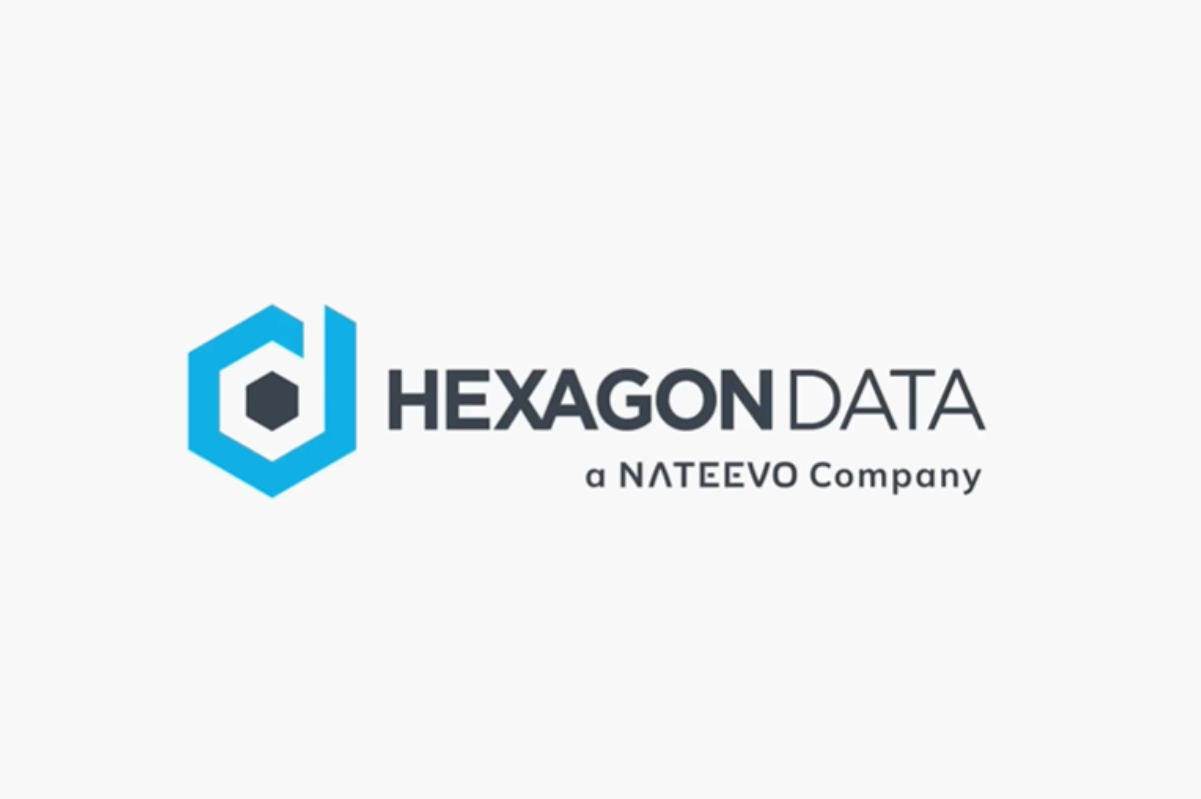- Inicio
- Blog
- Data Monetization
- UX Strategies to Increase Your Site's Conversion Rate
UX Strategies to Increase Your Site's Conversion Rate
In the fast-paced world of digital marketing, effective User Experience (UX) strategies have become a key element to increase the conversion rate of websites. Nowadays, it is not enough to attract visitors, but to achieve an unforgettable experience that motivates them to take action and become loyal customers. UX optimization has become a determining factor for the success of any online marketing strategy.
In this article, we will explore in detail the powerful UX Strategies that will allow you to significantly increase the conversion rate of your website. You will discover how to thoroughly understand your audience and analyze their behavior to provide them with what they are really looking for. You will also learn how to simplify your site's navigation and information architecture so that users can quickly find what they need. Finally, you'll dive into the world of optimizing load times and site performance, key to keeping visitors engaged and converting them into satisfied customers.
Get ready to discover valuable strategies and tips that will make your website highly attractive and effective, allowing you to reach your conversion goals and stand out in the competitive digital environment. Let's start improving your users' experience and boosting your website's conversion rate!
Understanding Your Audience and User Behavior
The first fundamental pillar to increase the conversion rate of your website is to know your audience in depth and understand their behavior. Each visitor that comes to your site has particular expectations and needs, and it is essential that you can identify what drives them and what they are looking for in order to provide them with a personalized and satisfying experience. Here are the key strategies for gaining a deep understanding of your audience and user behavior:
Conducts User Research:
User research is a powerful tool to get direct feedback from your target audience. Conduct surveys, interviews or test sessions with real users to gather their opinions, preferences and challenges when interacting with your website. This research will provide you with valuable insights into what users value and what aspects of your site can be improved to increase conversion rates.
Analyze User Behavior:
Use web analytics tools to understand how users interact with your site. Examine data such as navigation flow, most visited pages, time spent on each page and abandonment points. These metrics will give you a clear picture of which areas of your site need optimization and how users are behaving during their visit.
Create User Personas:
Once you have collected data from your research, use this information to create user persona profiles. These fictional representations of your target audience will help you visualize your ideal users and understand their needs, motivations and behaviors. By being clear about who your users are, you will be able to tailor your website experience to meet their expectations and solve their problems.
Analyze the Competition:
Look at your competitors and analyze how they approach the user experience on their websites. Identify both successful practices and shortcomings in their UX strategies. This comparative analysis will provide you with valuable insights on how you can differentiate and improve your own site to engage your audience and increase conversion rates.
Use Heat Mapping Tools:
Heat mapping tools allow you to visualize how users interact with your site by using colors that indicate areas of high activity and less explored areas. These heat maps will help you understand which elements are most appealing to users and which may need to be adjusted to better engage them.
By thoroughly understanding your audience and user behavior, you will be able to tailor your website to offer a personalized experience focused on their needs. The information gathered will guide you to implement significant improvements that will increase conversion rates and generate greater satisfaction among your visitors. Remember that understanding your audience is a constantly evolving process, and continuous monitoring of user behavior is key to keeping your website relevant and effective.
Simplify Site Navigation and Information Architecture
Intuitive navigation and a well-organized information structure are key to providing users with a website experience that allows them to find what they are looking for quickly and easily. Once you have understood your audience and their behavior, it's time to apply effective strategies to simplify your website's navigation and information architecture:
Design a Clear and Concise Navigation:
The navigation menu is the map that guides users through your website. Make sure it is clear and concise, presenting the main sections of your site in a logical and orderly manner. Use descriptive terms for each menu item, avoiding jargon or confusing terms that may create uncertainty for users.
Avoid Options Overload:
While it is important to give users access to all relevant information, an overload of options can overwhelm them and make it difficult to make decisions. Limit the number of items in the main menu and use submenus or drop-down menus to organize secondary categories. This will simplify navigation and allow users to quickly find what they are looking for.
Implements Breadcrumbs:
Breadcrumbs are a navigation element that shows the path from the current page to the site's home page. These hierarchical links help users understand where they are on the site and how they arrived at a specific page. Breadcrumbs improve usability and make it easier for users to return to previous pages without getting lost.
Improve Internal Search:
Make sure your site's internal search function is efficient and accurate. Implement filters and tags to refine search results and provide early search suggestions to help users find what they need before they finish typing their query.
Optimize Loading Speed:
Page load speed is closely related to user experience. Make sure your website loads quickly on all platforms, including mobile devices. Compress images and files to reduce load time and use caching techniques to speed up access to previously visited content.
Facilitates Access to the Home Page:
Incorporate a clear and visible link that allows users to easily return to the home page from anywhere on the site. This link is useful for those who wish to restart their journey or explore other sections of the site.
Simplifying your website's navigation and information architecture will improve the user experience and increase the likelihood that visitors will find what they are looking for. By creating clear and effective navigation, users will be more inclined to stay on your site, explore more content and ultimately complete the desired actions that drive conversion rates. Always keep in mind that intuitive navigation is key to retaining your visitors and converting them into satisfied customers.
Optimize Site Load Times and Performance
In today's digital world, where user patience is limited, loading speed and website performance are critical factors that influence user experience and conversion rate. A slow website can generate frustration and demotivate visitors, leading to an increase in abandonment and a decrease in conversion rate. Here are strategies to optimize load times and improve the performance of your website:
Compress and Optimize Images:
High resolution images can significantly slow down page load time. Use image compression tools to reduce image size without compromising visual quality too much. Also, consider using lighter image formats, such as WebP, instead of JPEG or PNG, to speed up loading time.
Implements Browser Cache:
The browser cache allows certain website elements, such as images, stylesheets and scripts, to be stored on the user's computer after the first visit. In this way, on subsequent visits, these elements will be loaded from the browser cache, reducing load times and improving the user experience.
Minimizes HTML, CSS and JavaScript code:
Remove any unnecessary code, whitespace or blank lines from your website's HTML, CSS and JavaScript code. Minimizing these files will reduce their size and speed up loading. Also, consider combining CSS and JavaScript files to reduce the number of server requests.
It uses a Content Delivery Network (CDN):
A CDN is a network of globally distributed servers that caches and delivers your website content from the server closest to the user. This reduces the distance content must travel to reach the user, which significantly improves load times, especially for users located far from the main server.
Prioritize Visible Content (Above the Fold):
Optimizes the loading of the content visible at the top of the page (above the fold) so that users can quickly see something useful while the rest of the content continues to load in the background. This creates the perception of faster loading and keeps users engaged while waiting for the page to load completely.
Performs Speed and Performance Tests:
Use online tools, such as Google PageSpeed Insights or GTmetrix, to evaluate the loading speed and performance of your website. These tools will provide you with specific recommendations to improve load time and overall performance.
By optimizing the loading times and performance of your website, you will offer a more satisfying user experience, which will translate into a higher conversion rate. Remember that loading speed is crucial to keeping visitors engaged and converting them into customers. Keep your website fast and efficient, and you will be one step closer to reaching your conversion goals and retaining your satisfied users.
Conclusion
In an increasingly competitive digital environment, optimizing the user experience has become a determining factor in increasing a website's conversion rate. Throughout this article, we have explored key UX strategies that will allow you to create an attractive, intuitive and efficient online environment for your visitors.
Thoroughly understanding your audience and analyzing their behavior gives you a solid foundation for customizing your website experience to meet their specific needs. By simplifying navigation and information architecture, you guide your users seamlessly to the content or products they are looking for, encouraging interaction and increasing the likelihood of conversion.
Optimizing load times and site performance is equally crucial to keeping visitors engaged. A fast and efficient website improves the user experience, reducing bounce rate and increasing time spent on the site, which translates into higher conversion opportunities.
It is important to remember that user experience is a constantly evolving discipline. Continuously monitoring and analyzing your website's UX and performance metrics will allow you to identify areas for improvement and optimization. Constant attention to user feedback and the implementation of timely adjustments will ensure that your website remains relevant and effective in achieving your conversion goals.
In short, by investing in UX strategies that understand your audience, simplify navigation and optimize your website's performance, you'll be laying the foundation for an outstanding experience that will generate higher conversions and build customer loyalty. Always keep user satisfaction as a priority and you will see how your website becomes a valuable asset to achieve success in the competitive world of digital marketing. Go ahead and improve your users' experience to increase your website's conversion rate!



